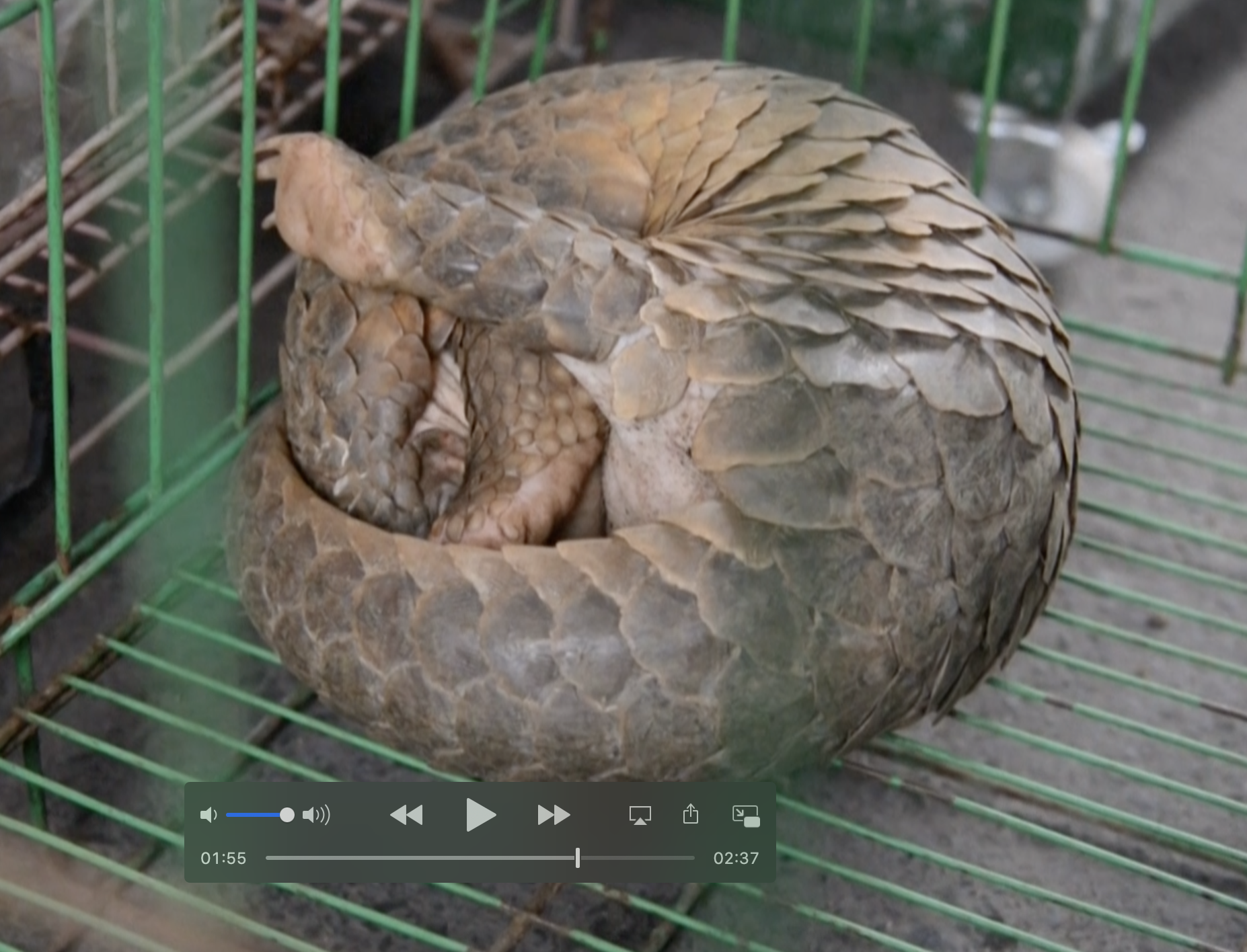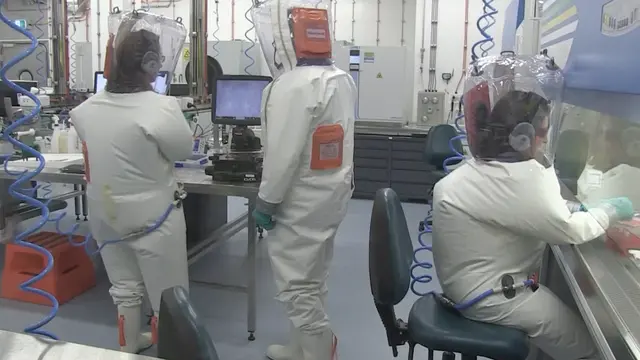"It's very important actually because understanding the parts of the virus actually tells us which parts of the virus can be targeted by the immune response," said professor Stephen Turner who heads the Biomedical Discovery Institute at Monash University.
Researchers say about 75 percent of all viruses that affect humans originated in animals and they believe COVID-19 is no different. The challenge is finding the specific species that served as a host for the virus when it jumped to humans.

Pangolins are thought to play a role in the spread of COVID-19 to humans. /Photo via Chester Zoo
"One way to actually think about this is how related is this virus to viruses that are currently circulating in animal reservoirs such as the bats and the closest relative to the virus that is causing the pandemic is found in those horseshoe bats, which are very small mammals but it is distantly related, so it is closely related but it is distantly related, so this would be like being related to an uncle maybe a couple of time removed. Or another way of putting this is that we are 98 percent related to chimpanzees genetically but there is quite a big difference between us and chimpanzees so that small difference is actually very important," said Turner.
"The pangolin, which is sort of a small mammal, has had the finger pointed at it but I think, it has sort of missed a little bit in the sense that the coronavirus that's circulating in pangolins, what they were demonstrating there was that they have the same sort of receptor or they had the capacity but they weren't related at all. It's like humans, we are very different but we've got the same sorts of features if you look at different communities around the world so the virus didn't really come from pangolins in that sense."Turner says he believes that humans will eventually generate an immunity and an effective vaccine. But he is less optimistic about discovering the origin of the virus.
"The chances of finding the actual species that has a virus that was the true ancestor or predecessor to this virus is slim to none just because of the scale of what we are talking. We don't know how long it was circulating for, we don't even know how long it was circulating in people before it caused the pandemic. I mean, there are some theories that it could have been circulating for some time in humans causing asymptomatic infection," he said.
(ASIA PACIFIC DAILY)
 简体中文
简体中文

